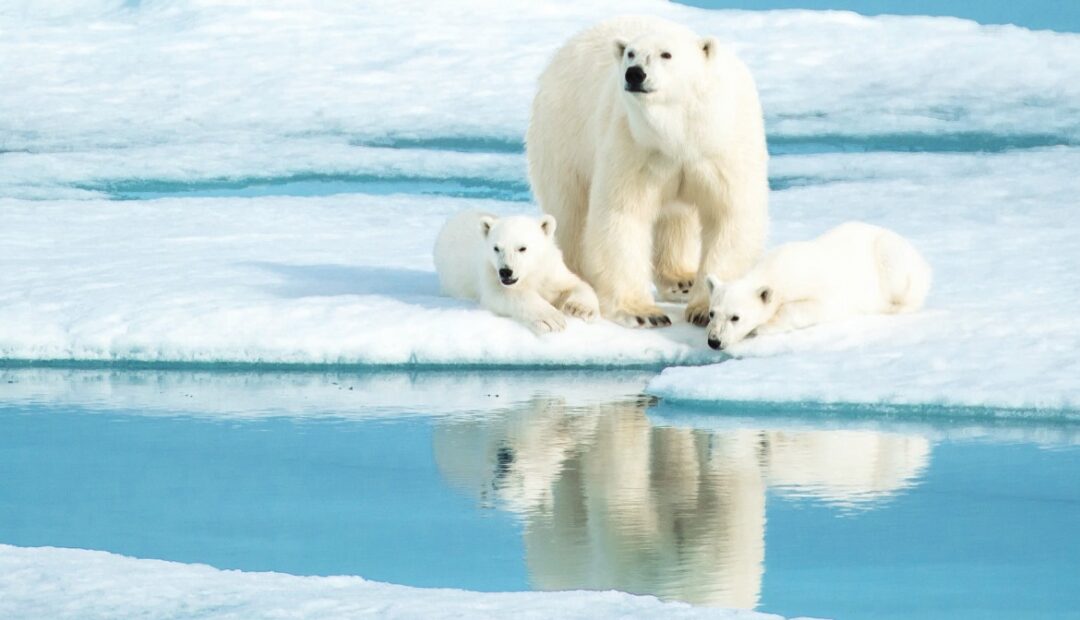The wonders of Svalbard, Norway range from enchanting views of the northern lights, colorful houses amidst pure white snow, and icy adventures among amazing wildlife and frozen terrain. But here in this frigid paradise, climate change is rearing its ugly head.
As the northernmost settlement in the world, Svalbard is a bucket list destination for travelers venturing to the world’s far reaches and once in a lifetime locations. In recent years, however, Svalbard has seen the effects of climate change. In fact, Svalbard’s glaciers have been melting two times faster than other areas of the Arctic, and around 5-7 times faster than the rest of the planet. Is Svalbard an indication of what the future could look like for the rest of the Arctic?
Even though Svalbard is far from a highly developed city where carbon emissions are compounded by high populations, poor living conditions, and large-scale industrial production, emissions are coming from somewhere else in this Nordic haven.
Research from Nature Geoscience found that groundwater springs popping up in areas uncovered by melting glaciers are causing methane emissions, which only worsen the conditions for melting.
“What we found is that these groundwater springs were just completely untouched or unknown sources of methane in the Arctic, both on Svalbard and very likely across the Arctic,” Gabrielle Kleber told Inside Climate News. Kleber is the lead author on this study and graduate student from the University of Cambridge.
Kleber explained that researchers have long known that methane can seep out of the ocean floor in regions where glaciers have retreated, but there hasn’t been much research on methane seepage on land which has been exposed in glacial retreat.
Researchers have sampled water from springs formed from retreating glaciers and found that it often contains up to 600,000 times more methane than water’s normal concentration. Because methane is 80% more warming than carbon dioxide, the continuation of glacial melting could be even more threatening than anyone imagined.
So where does the methane come from? According to Inside Climate News, shale or coal rocks form as heat breaks down organic matter in dead plants and animals which traps methane in sediment. As glaciers move, they create cracks in the rock which allows methane to escape and be released.
Though the amount of methane being released currently isn’t dangerous, scientists estimate there is about twice as much organic carbon stored under Arctic glaciers and permafrost than is currently in the atmosphere. As glaciers continue to shrink, the problem could become more dangerous.


